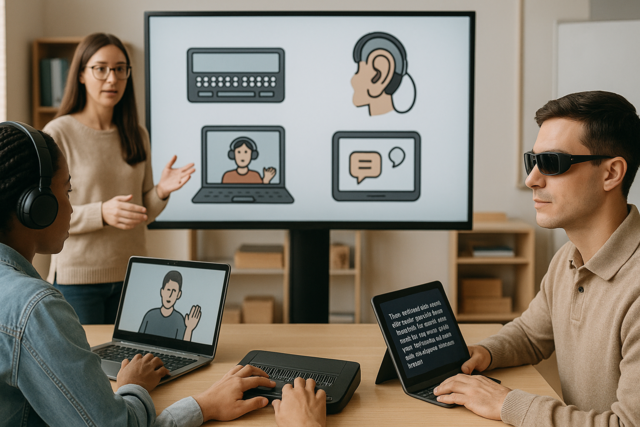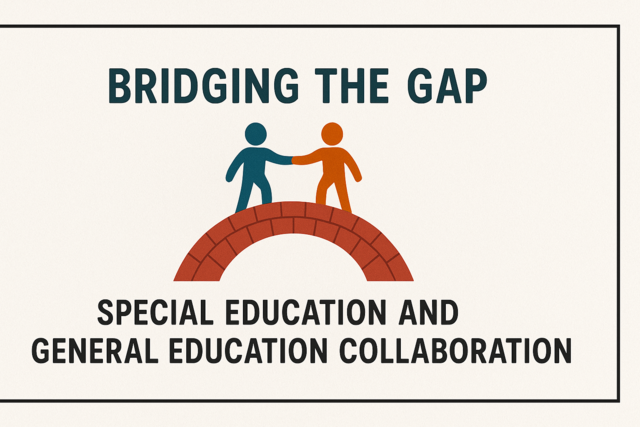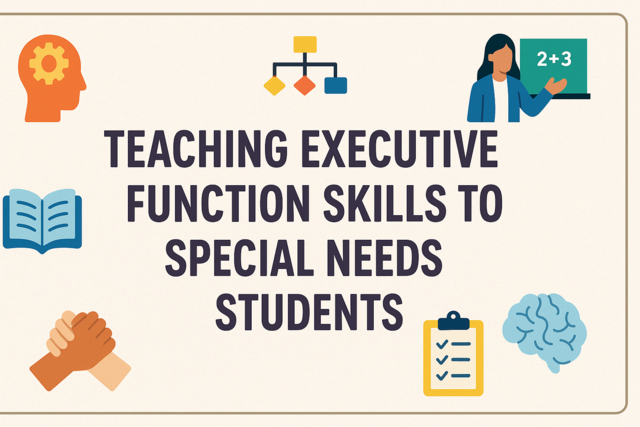Online Class: Understanding Autism Spectrum Disorders in the Classroom

no certificate
with CEU Certificate*
-
15Lessons
-
22Exams &
Assignments -
3Hours
average time -
0.3CEUs
Course Description
Step into a world where understanding creates avenues for change, where each lesson is a window to empathy, and where every educator is empowered to become a catalyst for transformation. Welcome to "Understanding Autism Spectrum Disorders in the Classroom," a course designed to not only enlighten minds but to transform educational experiences into holistic, inclusive tapestries rich with diverse potentials.
Imagine walking into a classroom where every child's unique rhythm is respected and celebrated, where autism isn't viewed as an obstacle but a powerful lens through which we can reimagine teaching and learning. This course is your passport into that paradigm shift--a journey that equips you with the knowledge, sensitivity, and practical skills to not only teach but to transform lives.
In an era where understanding and embracing neurodiversity is paramount, this course stands as a beacon for educators ready to make a meaningful difference. You will be immersed in a curriculum that unravels the intricacies of autism, casting away myths and misconceptions. Each session is designed to enhance your awareness, lifting the veil on the complexity and beauty of the autism spectrum.
This isn't just about textbooks or theory; it's about real-world application and the subtle art of crafting inclusive learning environments. You will forge deeper connections with students by celebrating neurodiversity and understanding the diagnostic nuances that underscore their educational journey. Our approach transcends traditional teaching, encouraging you to embrace diversity as an invaluable asset that enriches your classroom.
Every lesson you partake in is not just informative but transformative--built on a foundation of empathy and understanding. You will explore the diagnostic criteria, glean insights from multidisciplinary interventions, and learn to navigate the unique challenges posed by sensory integration. You'll cultivate strategies that honor each student's sensory preferences, creating classrooms that breathe inclusivity and foster genuine connections between students and educators.
As you journey through this course, you'll find your perspective broadening. The myths surrounding autism will dissipate, replaced by a profound understanding of the individual stories woven into the autism spectrum. This knowledge will not only bolster your teaching methodologies but will ignite your passion for fostering an accepting, supportive, and dynamic educational environment.
Your learning will be enriched by a holistic view that interlaces cultural and familial contexts, preparing you to engage effectively and sensitively with parents and guardians. This course does more than just equip you to teach students with autism--it empowers you to build bridges between home and school, ensuring the learning journey is coherent and supportive from every angle.
Perhaps the most compelling aspect of this course is its commitment to innovation. You will explore groundbreaking technologies like AI-driven applications that empower students, building their social competencies and enabling them to engage with peers more meaningfully. This cutting-edge approach to education ensures that you are not only up-to-date with the latest pedagogical strategies but are leading the frontier of educational reform.
"Understanding Autism Spectrum Disorders in the Classroom" is distinguished by its commitment to crafting educators who are not just informed but inspired. Our unique blend of empathy-driven learning and incisive educational strategies ensures that enrolling in this course is more than a commitment to professional development; it's a pledge to become an agent of change in the lives of students who need it the most.
Secure your place in a community of forward-thinking educators dedicated to reshaping classrooms into sanctuaries of acceptance and personal growth. This course is your catalyst--not only for professional enhancement but for genuine personal fulfillment. Join us, and unlock the transformative power of understanding. Your journey begins here, where empathy meets education, and where your impact will resonate across countless lives.
- Completely Online
- Self-Paced
- 6 Months to Complete
- 24/7 Availability
- Start Anytime
- PC & Mac Compatible
- Android & iOS Friendly
- Accredited CEUs
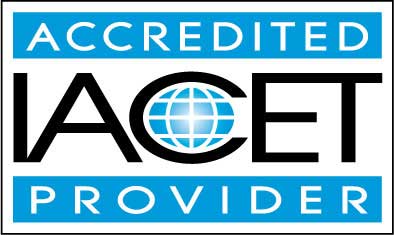
Course Lessons
Lesson 1. ASD: Social Communication and Repetitive Behaviors
The increasing prevalence of ASD underlines the need for educators beyond special education to be acquainted with the disorder, strengthening their preparedness through comprehensive training. Such educational strategies foster inclusivity and empowerment within learning environments for students on the spectrum.Lesson 2. Celebrating Neurodiversity in Learning Environments
Recognizing and celebrating diverse communication methods in education empowers students with autism, building their self-esteem and autonomy. This journey towards inclusion requires educators to continually adapt and embrace the diverse spectrum of abilities, fostering enriching educational experiences.Lesson 3. Understanding Autism Diagnostic Criteria in Education
ASD diagnostic tools such as ADOS-2 and CARS-2 ensure a comprehensive understanding of a child's developmental needs. Multidisciplinary teams, including speech and occupational therapists, enrich the diagnostic process, ensuring interventions are well-rounded and tailored.Lesson 4. Demystifying Autism in the Classroom: Truths Behind the Myths
This lesson dismantles common myths about autism, highlighting the diversity of experiences and needs of students on the spectrum, encouraging educators and peers to cultivate inclusive classrooms. By understanding autism's variability, educators can personalize learning strategies, leveraging each student's unique strengths to promote a supportive educational environment.Lesson 5. Empowering Through Sensory Integration and Technology
Partnerships with families and community initiatives enrich educational experiences for students with autism, honoring their sensory preferences and strengths. This collaboration provides a supportive framework that enhances personal development and fosters societal integration.Lesson 6. Bridging Communication Gaps: Tools for Autism Acceptance in Classrooms
Creating an inclusive classroom involves recognizing sensory sensitivities and adjusting the environment to minimize sensory overload. By involving families and specialists, educators can develop effective, personalized communication strategies that align with students' experiences both at home and school.Lesson 7. Creating Inclusive Classrooms: A Multifaceted Approach to Supporting Social Skills Development in Students with Autism Spectrum Disorders (ASD)
Teachers and classroom environments play pivotal roles in nurturing social skills development in students with ASD, from utilizing role-playing exercises to employing Augmentative and Alternative Communication (AAC) devices. Encouraging a school-wide culture of inclusivity through professional development, family involvement, and whole-school initiatives solidifies this effort, ensuring sustainable engagement for all.Lesson 8. Creating Sensory-Friendly and Inclusive Classrooms for Students with Autism
By embracing sensory-friendly strategies and predictable structures, classrooms can accommodate the unique needs of students with autism, enriching the experience for everyone. Technologies and peer interventions play a key role in fostering communication and social skills development.Lesson 9. Navigating Sensory Challenges in the Classroom Setting
Creating sensory-informed classrooms relies on insights from educators, parents, and specialists to tailor interventions for each child's sensory profile. Practices like sensory breaks and integrating adaptive technology tools support the diverse learning needs of students with ASD, enhancing their overall educational journey.Lesson 10. Bridging Perspectives: Navigating Autism and Parent-Teacher Collaboration
Understanding the complexities of ASD in classrooms involves more than just educational strategies; it's about embracing parental perspectives and needs to create supportive environments. By valuing emotional journeys and addressing concerns around resources, schools foster stronger collaboration and satisfaction.Lesson 11. Personalized Tech Solutions for Education
Interactive robots and AI-driven applications boost social skills among autistic students by offering consistent and predictable interactions. This technological support increases understanding of social cues, enhancing empathy and facilitating successful peer relationships in and beyond the classroom.Lesson 12. The Complexities of Autism: Bridging Communication and Social Interaction
Social interaction can be challenging for individuals with autism as social cues like facial expressions and tone of voice are often misunderstood, causing difficulties in connecting with peers. Strategies to support these individuals include structured, solitary activities and leveraging personalized interests to create meaningful learning opportunities.Lesson 13. IEPs vs. 504 Plans: Tailoring Education for Students with ASD
IEPs serve as legally binding documents under IDEA, detailing bespoke educational strategies for students with disabilities, like ASD, based on thorough assessments. Conversely, 504 Plans offer reasonable accommodations without altering the core curriculum, thus ensuring equal access in educational settings for students who may not need extensive modifications.Lesson 14. Crafting Personalized Education Plans for Students with Autism
For students with autism, creating an individualized education plan is a distinctive process that aims to address their specific needs through customized strategies. The approach within an IEP integrates social, academic, and life skills to prepare students for future transitions.Lesson 15. Crafting Comprehensive IEPs: Strategies for Supporting Students with Autism
Transition planning within IEPs prepares students for adulthood by setting goals that align with their aspirations, fostering independence through life skills training and community engagement. Collaboration between schools, families, and community services creates a support network that eases transitions and encourages students’ self-determination.
Learning Outcomes
- Demonstrate the ability to identify and implement tailored educational strategies that accommodate the unique needs of students with autism spectrum disorder (ASD).
- Describe the potential impact of ASD on learning and classroom interactions, enabling the creation of supportive and inclusive educational environments.
- Demonstrate understanding of sensory processing challenges by creating an inclusive and sensory-friendly classroom environment for students with autism.
- Recognize and implement personalized learning strategies to support the unique communication needs of students with autism.
- Define and explain the DSM-5 criteria for diagnosing Autism Spectrum Disorder (ASD) and their implications for classroom support.
- Identify and implement educational adaptations tailored to students with ASD by interpreting diagnostic reports and collaborating with multidisciplinary teams effectively.
- Implement differentiated instructional strategies tailored to individual strengths and challenges of students with autism to enhance their learning experience and outcomes.
- Recognize and dispel common myths about Autism Spectrum Disorder to foster a more inclusive classroom environment for students with autism.
- Demonstrate effective strategies for adapting lesson content to accommodate the visual, auditory, and kinesthetic learning preferences of students with autism, improving engagement and comprehension.
- Recognize and categorize the distinct learning styles prevalent among students with autism to enhance individualized educational plans.
- Define the impact of Autism Spectrum Disorder on communication by identifying specific challenges and appropriate strategies to support students in an educational setting.
- Demonstrate the application of visual supports and Augmentative and Alternative Communication methods to enhance communication skills in students with Autism Spectrum Disorder in classroom activities.
- Recognize and describe the impact of tailored classroom environments on social skills development in students with ASD, focusing on physical layout and activity structuring.
- Demonstrate mastery of lesson content at levels of 70% or higher.
Additional Course Information

- Document Your Lifelong Learning Achievements
- Earn an Official Certificate Documenting Course Hours and CEUs
- Verify Your Certificate with a Unique Serial Number Online
- View and Share Your Certificate Online or Download/Print as PDF
- Display Your Certificate on Your Resume and Promote Your Achievements Using Social Media

Choose Your Subscription Plan
No Certificate / No CEUs
This course only
| Includes certificate | X |
| Includes CEUs | X |
| Self-paced |

|
| Instructor support |

|
| Time to complete | 6 months |
| No. of courses | 1 course |
Certificate & CEUs
This course only
| Includes certificate |

|
| Includes CEUs |

|
| Self-paced |

|
| Instructor support |

|
| Time to complete | 6 months |
| No. of courses | 1 course |
Certificates & CEUs
Includes all 600+ courses
| Includes certificate |

|
| Includes CEUs |

|
| Self-paced |

|
| Instructor support |

|
| Time to complete | 12 Months |
| No. of courses | 600+ |
Certificates & CEUs
Includes all 600+ courses
| Includes certificate |

|
| Includes CEUs |

|
| Self-paced |

|
| Instructor support |

|
| Time to complete | 24 Months |
| No. of courses | 600+ |
Related Courses
-
 7 hours
0.7 CEUs
Iconoclasts of Style: Revolutionary Figures in Modern Fashion
+ More Info
7 hours
0.7 CEUs
Iconoclasts of Style: Revolutionary Figures in Modern Fashion
+ More Info
-
 7 hours
0.7 CEUs
Effective Communication Skills for Everyday Life
+ More Info
7 hours
0.7 CEUs
Effective Communication Skills for Everyday Life
+ More Info
-
 6 hours
0.6 CEUs
Introduction to Graphic Design Tools
+ More Info
6 hours
0.6 CEUs
Introduction to Graphic Design Tools
+ More Info
-
 4 hours
0.4 CEUs
Energy Medicine: Harnessing Your Body's Power
+ More Info
4 hours
0.4 CEUs
Energy Medicine: Harnessing Your Body's Power
+ More Info
-
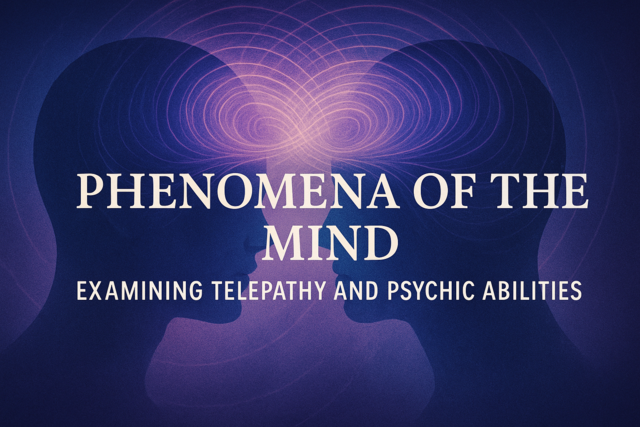 6 hours
0.6 CEUs
Phenomena of the Mind: Examining Telepathy and Psychic Abilities
+ More Info
6 hours
0.6 CEUs
Phenomena of the Mind: Examining Telepathy and Psychic Abilities
+ More Info
-
 6 hours
0.6 CEUs
Holistic Nutrition: Fueling Your Body and Mind
+ More Info
6 hours
0.6 CEUs
Holistic Nutrition: Fueling Your Body and Mind
+ More Info
-
 6 hours
0.6 CEUs
The Essence of Elegance: Dressing for Contemporary Sophistication
+ More Info
6 hours
0.6 CEUs
The Essence of Elegance: Dressing for Contemporary Sophistication
+ More Info
-
 7 hours
0.7 CEUs
The Art of Manifesting Your Dreams
+ More Info
7 hours
0.7 CEUs
The Art of Manifesting Your Dreams
+ More Info
-
 7 hours
0.7 CEUs
Cultural Perspectives on Trauma: Understanding Global Variations
+ More Info
7 hours
0.7 CEUs
Cultural Perspectives on Trauma: Understanding Global Variations
+ More Info
-
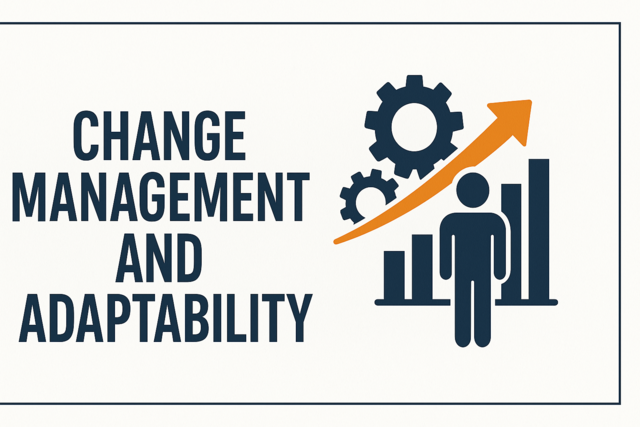 3 hours
0.3 CEUs
Change Management and Adaptability
+ More Info
3 hours
0.3 CEUs
Change Management and Adaptability
+ More Info
-
 5 hours
0.5 CEUs
Boosting Productivity with Effective Email Management
+ More Info
5 hours
0.5 CEUs
Boosting Productivity with Effective Email Management
+ More Info
-
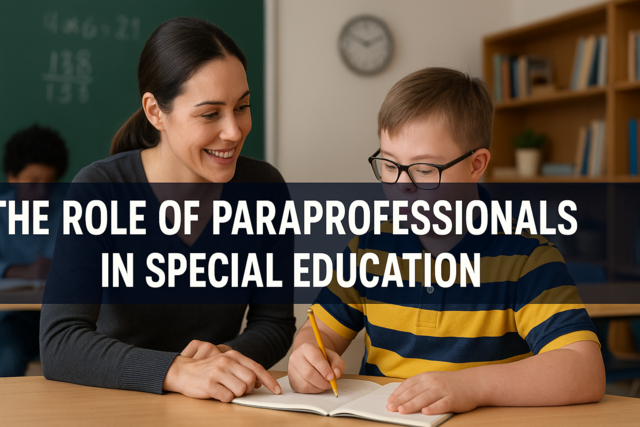 3 hours
0.3 CEUs
The Role of Paraprofessionals in Special Education
+ More Info
3 hours
0.3 CEUs
The Role of Paraprofessionals in Special Education
+ More Info
-
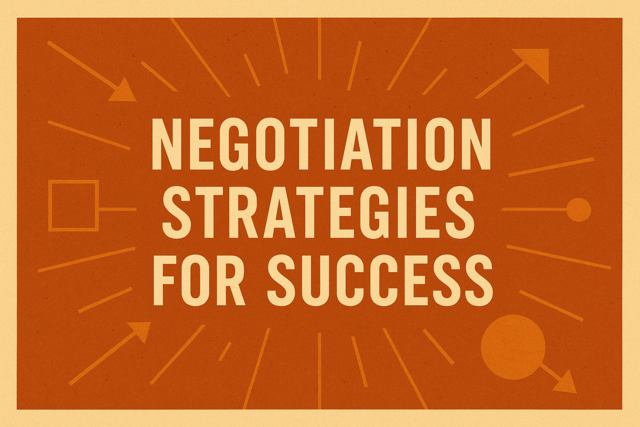 7 hours
0.7 CEUs
Negotiation Strategies for Success
+ More Info
7 hours
0.7 CEUs
Negotiation Strategies for Success
+ More Info
-
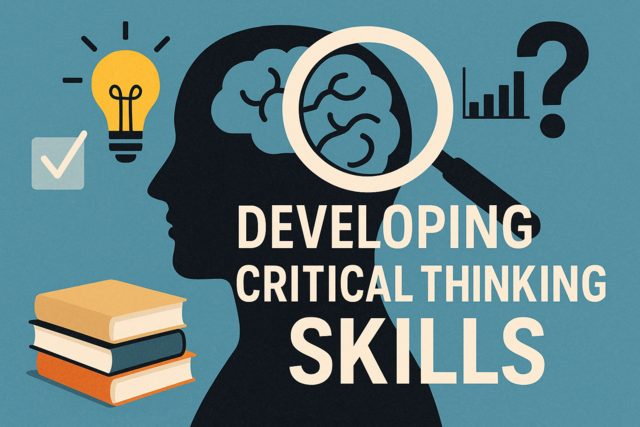 5 hours
0.5 CEUs
Developing Critical Thinking Skills
+ More Info
5 hours
0.5 CEUs
Developing Critical Thinking Skills
+ More Info
-
 3 hours
0.3 CEUs
The Science of Happiness in Family Life
+ More Info
3 hours
0.3 CEUs
The Science of Happiness in Family Life
+ More Info
-
 7 hours
0.7 CEUs
Introduction to Cryptocurrency and Blockchain
+ More Info
7 hours
0.7 CEUs
Introduction to Cryptocurrency and Blockchain
+ More Info
-
 3 hours
0.3 CEUs
Effective Teaching Strategies for Diverse Classrooms
+ More Info
3 hours
0.3 CEUs
Effective Teaching Strategies for Diverse Classrooms
+ More Info
-
 6 hours
0.6 CEUs
Introduction to Data Analytics
+ More Info
6 hours
0.6 CEUs
Introduction to Data Analytics
+ More Info
-
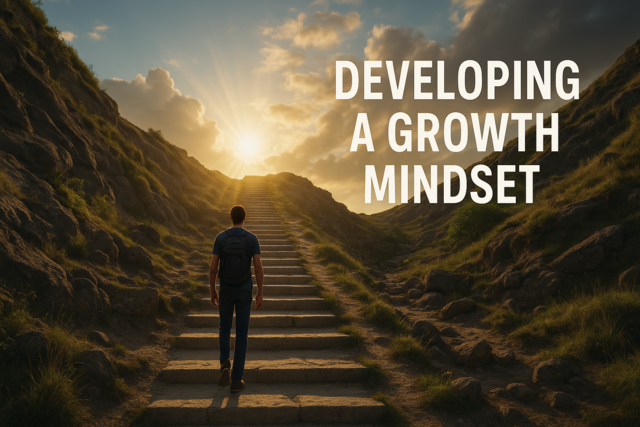 5 hours
0.5 CEUs
Developing a Growth Mindset
+ More Info
5 hours
0.5 CEUs
Developing a Growth Mindset
+ More Info
-
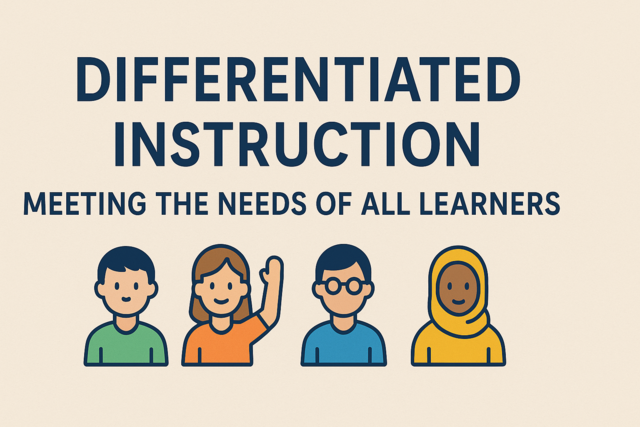 3 hours
0.3 CEUs
Differentiated Instruction: Meeting the Needs of All Learners
+ More Info
3 hours
0.3 CEUs
Differentiated Instruction: Meeting the Needs of All Learners
+ More Info
-
 6 hours
0.6 CEUs
Beyond Glamour: Women's Luxury Fashion Unveiled
+ More Info
6 hours
0.6 CEUs
Beyond Glamour: Women's Luxury Fashion Unveiled
+ More Info
-
 7 hours
0.7 CEUs
Vintage Visions: Integrating Past Styles in Modern Luxury
+ More Info
7 hours
0.7 CEUs
Vintage Visions: Integrating Past Styles in Modern Luxury
+ More Info
-
 4 hours
0.4 CEUs
Designing Experiential Learning Opportunities
+ More Info
4 hours
0.4 CEUs
Designing Experiential Learning Opportunities
+ More Info
-
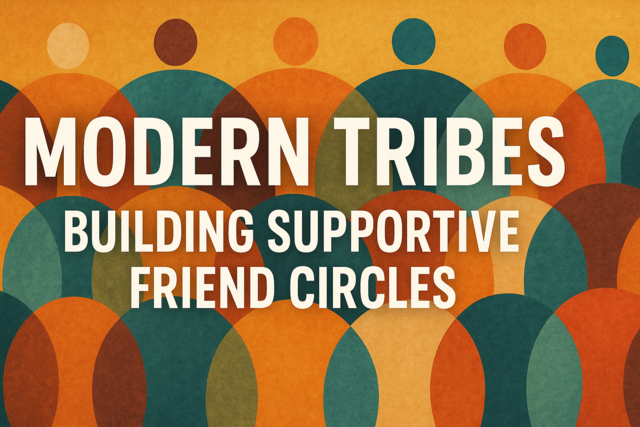 6 hours
0.6 CEUs
Modern Tribes: Building Supportive Friend Circles
+ More Info
6 hours
0.6 CEUs
Modern Tribes: Building Supportive Friend Circles
+ More Info
-
 4 hours
0.4 CEUs
Trust and Transformation: Keys to Evolving Relationships
+ More Info
4 hours
0.4 CEUs
Trust and Transformation: Keys to Evolving Relationships
+ More Info
-
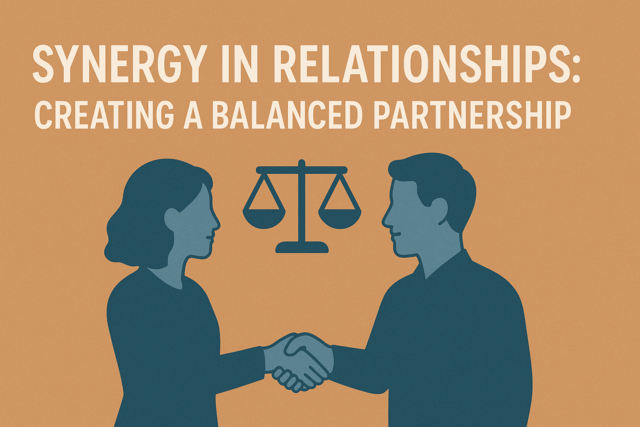 3 hours
0.3 CEUs
Synergy in Relationships: Creating a Balanced Partnership
+ More Info
3 hours
0.3 CEUs
Synergy in Relationships: Creating a Balanced Partnership
+ More Info
-
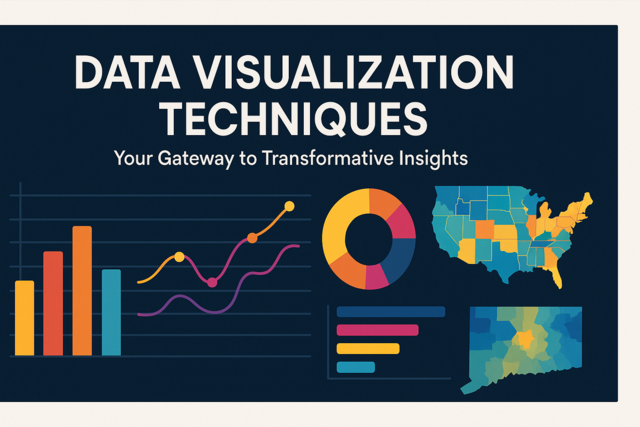 5 hours
0.5 CEUs
Data Visualization Techniques
+ More Info
5 hours
0.5 CEUs
Data Visualization Techniques
+ More Info
-
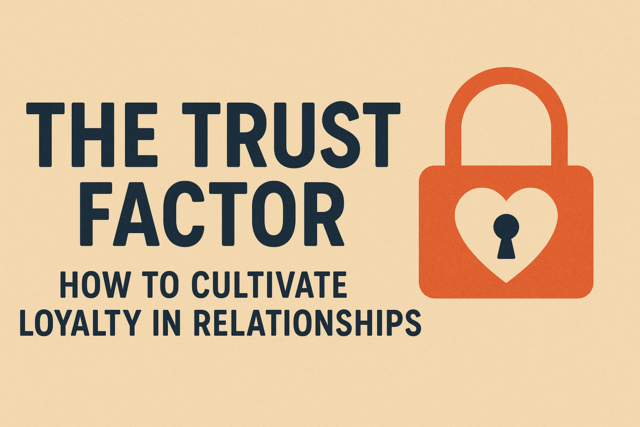 7 hours
0.7 CEUs
The Trust Factor: How to Cultivate Loyalty in Relationships
+ More Info
7 hours
0.7 CEUs
The Trust Factor: How to Cultivate Loyalty in Relationships
+ More Info
-
 3 hours
0.3 CEUs
Holistic Approaches to Education
+ More Info
3 hours
0.3 CEUs
Holistic Approaches to Education
+ More Info
-
 3 hours
0.3 CEUs
Bermuda Triangle Mysteries
+ More Info
3 hours
0.3 CEUs
Bermuda Triangle Mysteries
+ More Info
-
 6 hours
0.6 CEUs
Ethical Decision-Making in Business
+ More Info
6 hours
0.6 CEUs
Ethical Decision-Making in Business
+ More Info
-
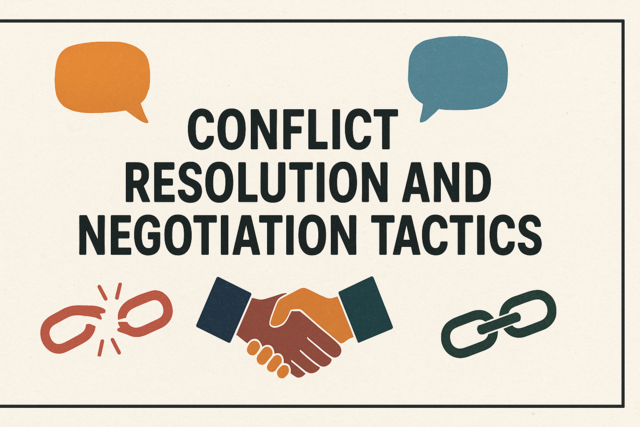 7 hours
0.7 CEUs
Conflict Resolution and Negotiation Tactics
+ More Info
7 hours
0.7 CEUs
Conflict Resolution and Negotiation Tactics
+ More Info
-
 3 hours
0.3 CEUs
Unseen Forces: Investigating Poltergeists and Apparitions
+ More Info
3 hours
0.3 CEUs
Unseen Forces: Investigating Poltergeists and Apparitions
+ More Info
-
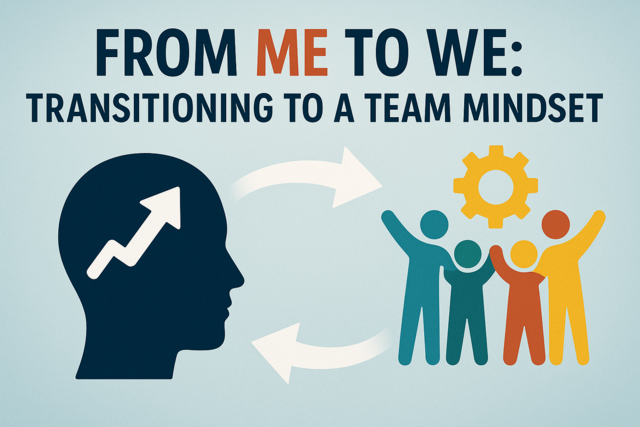 3 hours
0.3 CEUs
From Me to We: Transitioning to a Team Mindset
+ More Info
3 hours
0.3 CEUs
From Me to We: Transitioning to a Team Mindset
+ More Info
-
 7 hours
0.7 CEUs
The Science of Miracles: When Logic Defies Understanding
+ More Info
7 hours
0.7 CEUs
The Science of Miracles: When Logic Defies Understanding
+ More Info
-
 3 hours
0.3 CEUs
Office Staff Productivity Boosters
+ More Info
3 hours
0.3 CEUs
Office Staff Productivity Boosters
+ More Info
-
 6 hours
0.6 CEUs
Building an Effective Personal Brand
+ More Info
6 hours
0.6 CEUs
Building an Effective Personal Brand
+ More Info
-
 6 hours
0.6 CEUs
Project Management for Personal Projects
+ More Info
6 hours
0.6 CEUs
Project Management for Personal Projects
+ More Info
-
 4 hours
0.4 CEUs
Preparing for a Career Change
+ More Info
4 hours
0.4 CEUs
Preparing for a Career Change
+ More Info


